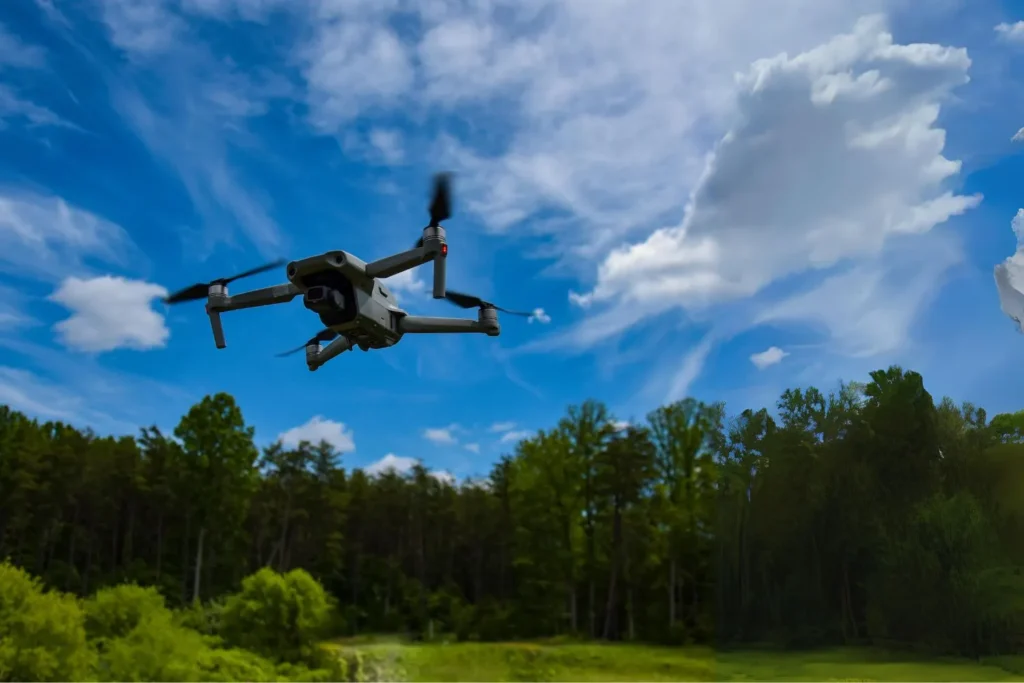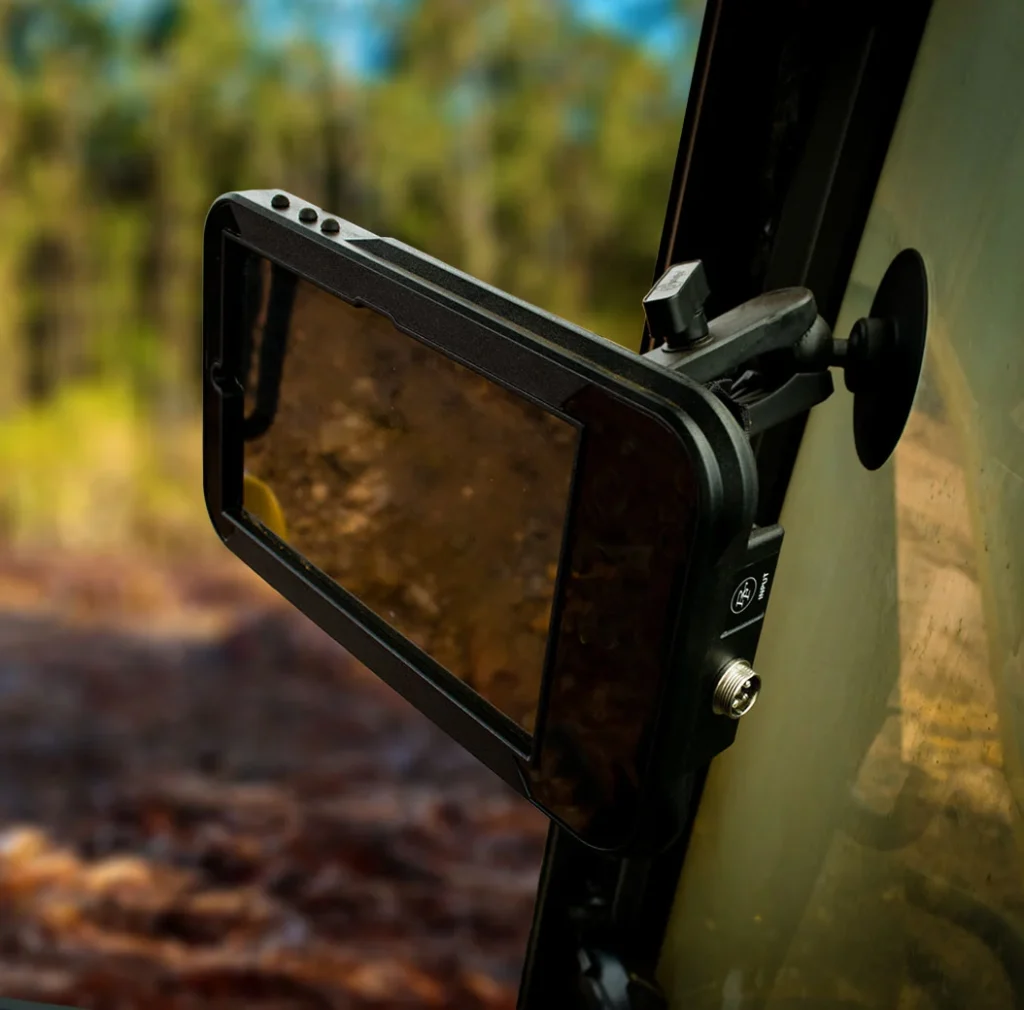In a scenario where technology plays a crucial role in our daily lives, the era of Forest 4.0 has emerged as a watershed, integrating technological advances into forestry. Through technology, it is possible to monitor every stage of the process that makes up forestry production, from seedlings in the nursery, harvesting, to transportation logistics. In this article, we will explore the innovations that are redefining forest management, with a focus on sustainable management.
1. IoT-based Monitoring Systems
The implementation of systems based on the Internet of Things (IoT) has become essential for modern forest management. Smart sensors strategically distributed in forest areas collect real-time data on weather conditions, soil quality and tree health. For example, IoT-connected soil moisture sensors can automatically alert operators when certain areas need watering. This precise monitoring enables proactive management, allowing informed decisions to be made regarding asset maintenance, harvesting and replanting.
2. Drones and Satellite Images in Forest Resource Assessment
The use of drones and satellites provides a detailed assessment of forest resources, offering a comprehensive view of the state of the forest. Drones equipped with high-resolution image sensors and 3D mapping technology provide precise information on forest density, making it possible to optimize harvesting operations, pest control, fire monitoring and strategic planning. Recently they have been used to carry out agrochemical application activities, reducing human exposure to these products.

3. Blockchain for Supply Chain Traceability
Blockchain technology, through smart contracts, is being adopted to guarantee transparency in the forestry supply chain. This allows complete traceability from origin to final product, mitigating the risk of illegal activities and ensuring that forest management companies comply with environmental and regulatory standards.
4. Artificial Intelligence in Process Optimization
Artificial Intelligence (AI) algorithms play a central role in optimizing silvicultural processes. By analyzing large data sets, AI identifies operational patterns, optimizing resource allocation, harvest planning and reforestation strategies. This results in greater operational efficiency and cost savings for forestry companies.
5. Augmented Reality (AR) Applications in the Training of Forestry Professionals
In addition, Augmented Reality (AR) is being applied to the training of forestry professionals. Interactive tools allow practical training in a virtual environment, enabling teams to deal with complex situations, simulate management strategies and promote safety at work.
6. LiDAR Sensor in Forest Management
In addition to drones, satellite images and conventional sensors, the Lidar Sensor is emerging as an innovative tool in forest management 4.0. Lidar, or “Light Detection and Ranging”, uses laser pulses to measure the distance between the sensor and surrounding objects. In forest management, Lidar provides detailed three-dimensional information on the structure of the forest, including tree height, canopy density and terrain topography.
This sensor plays a key role in optimizing forest inventory, providing accurate data for three-dimensional modeling of the environment and by integrating Lidar with other technologies in Forest 4.0, forestry companies can achieve a holistic approach to forest management, boosting efficiency and sustainability.
Final considerations
In short, Forest Management 4.0 is not just an evolution, but a revolution in the way forestry companies approach forest management. The integration of advanced technologies contributes to a reduction in waste between operations, increased productivity, more assertive decision-making and greater safety in the forestry stages. As well as promoting greater operational efficiency, it also contributes to environmental sustainability.
In this context, Roboflex® offers cases for tablets that provide connectivity to all Industry 4.0 equipment, ensuring that forestry professionals are always connected and able to make informed decisions. Roboflex cases are also IP54 or IP65 compliant, offering resistance to dust, mud, water and falls.

In addition, our mounts and smart chargers have been designed to meet the specific demands of modern forest management, providing a complete and effective solution to the connectivity needs of Industry 4.0.
